In today’s crowded digital world, businesses can’t afford to throw ads everywhere and hope for the best. Choosing the right platform is crucial — and the three biggest players, Google, Meta (Facebook/Instagram), and LinkedIn, each offer unique advantages. Let’s explore the key differences, and more importantly, how and when to use each one for maximum impact.

1. Google Ads: Demand-Driven Marketing
How it works: Google is intent-driven. People are actively searching for solutions, products, or services. Ads appear on search results, YouTube, and Google’s Display Network.
Best for:
- Capturing high-intent leads ready to buy.
- Local businesses (restaurants, clinics, services).
- E-commerce (shopping ads).
When to use:
- When you want to reach users at the moment of need.
- Ideal for bottom-of-funnel conversions like sales, sign-ups, or bookings.
Example: A dentist can run Google Ads targeting “teeth whitening near me” — capturing customers who are already looking to book.
2. Meta Ads (Facebook & Instagram): Interest & Lifestyle Targeting
How it works: Meta excels at targeting people based on demographics, behavior, and interests. Unlike Google, people aren’t searching — they’re scrolling. Ads must grab attention visually.
Best for:
- Building awareness and brand recall.
- Lifestyle brands (fashion, fitness, food, travel).
- Driving engagement with storytelling, videos, reels, and carousels.
When to use:
- Top and middle of funnel: to create awareness and nurture interest.
- When visuals and emotional appeal matter.
Example: A fitness coach can use Instagram reels with success stories to attract followers, then retarget them with offers via Facebook ads.
3. LinkedIn Ads: Professional & B2B Targeting
How it works: LinkedIn is the go-to platform for professionals, B2B companies, and high-value networking. Ads target based on job title, company size, seniority, or industry.
Best for:
- B2B lead generation (software, consulting, SaaS).
- Recruitment campaigns.
- Thought leadership and professional branding.
When to use:
- For high-ticket products or services with long sales cycles.
- When your target is decision-makers or professionals.
Example: A SaaS startup can run LinkedIn campaigns targeting CTOs in fintech companies, combining sponsored posts with lead-gen forms.
Key Differences at a Glance
| Platform | Targeting Strength | Best For | Funnel Stage | Ad Style |
|---|---|---|---|---|
| Search intent & keywords | Direct leads, e-commerce | Bottom of funnel | Text, search, video, shopping | |
| Meta | Demographics & interests | Lifestyle, B2C brands | Top & middle funnel | Visual, reels, stories |
| Job title, industry, seniority | B2B, recruitment | Middle & bottom funnel | Sponsored posts, InMail, lead-gen forms |
Conclusion: How to Choose
- Google when you want to capture people ready to act.
- Meta when you want to build awareness and emotional connections.
- LinkedIn when you want to reach professionals and decision-makers.
The best digital marketing strategy isn’t choosing one, but knowing when and how to combine all three for a full-funnel campaign.
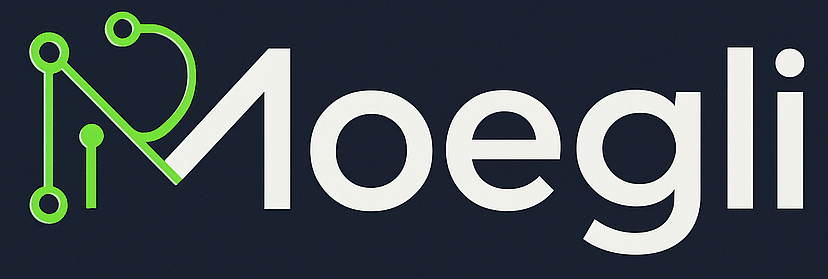
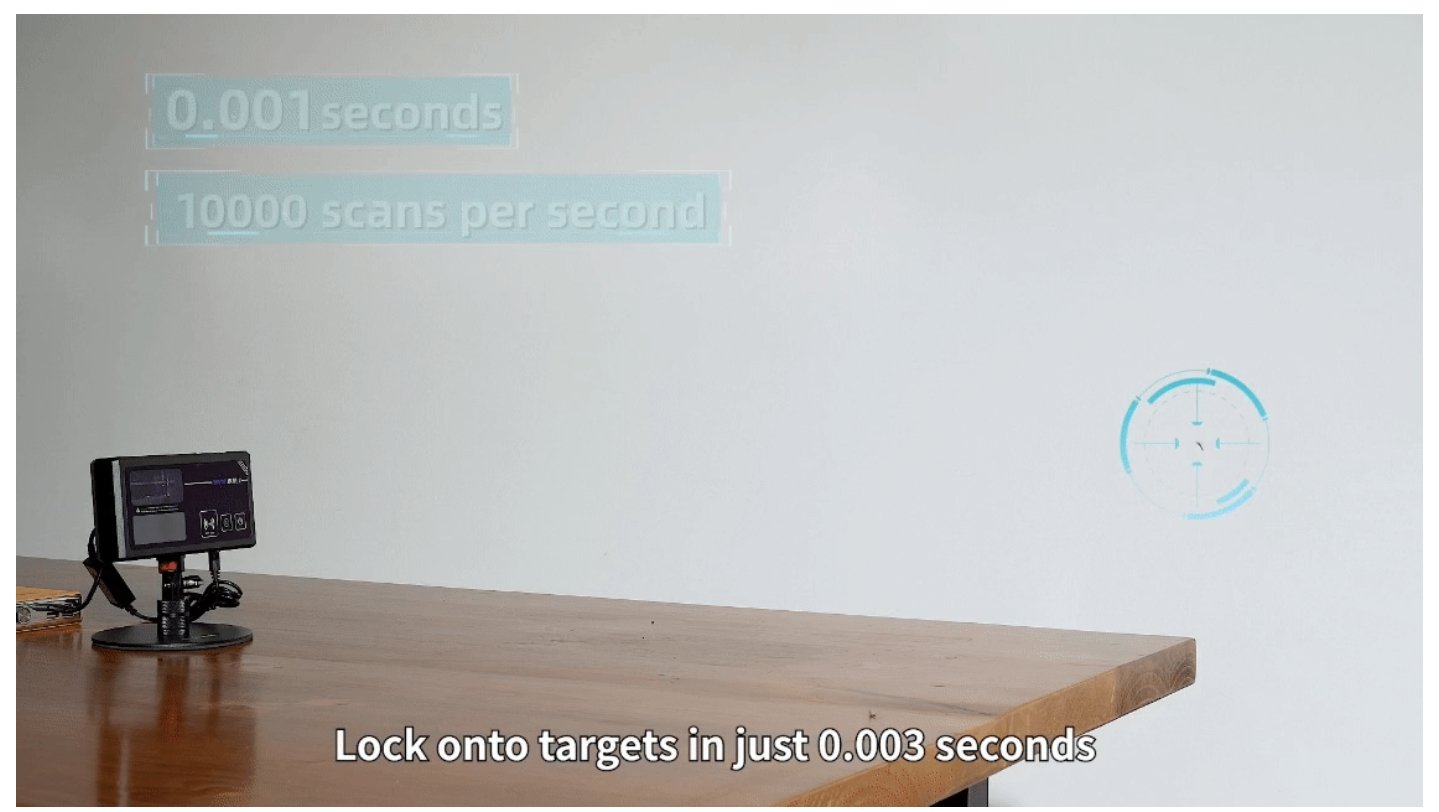


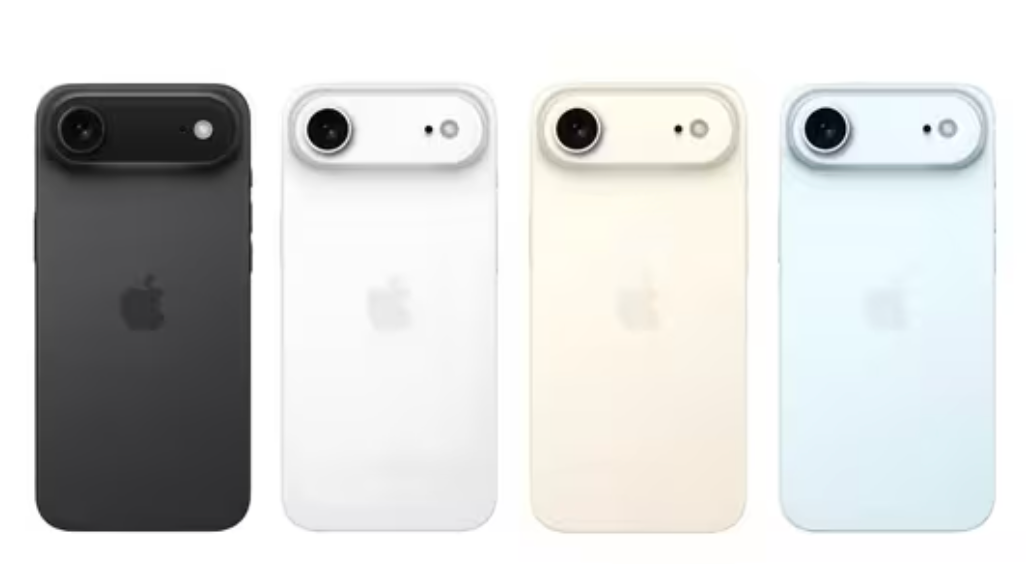
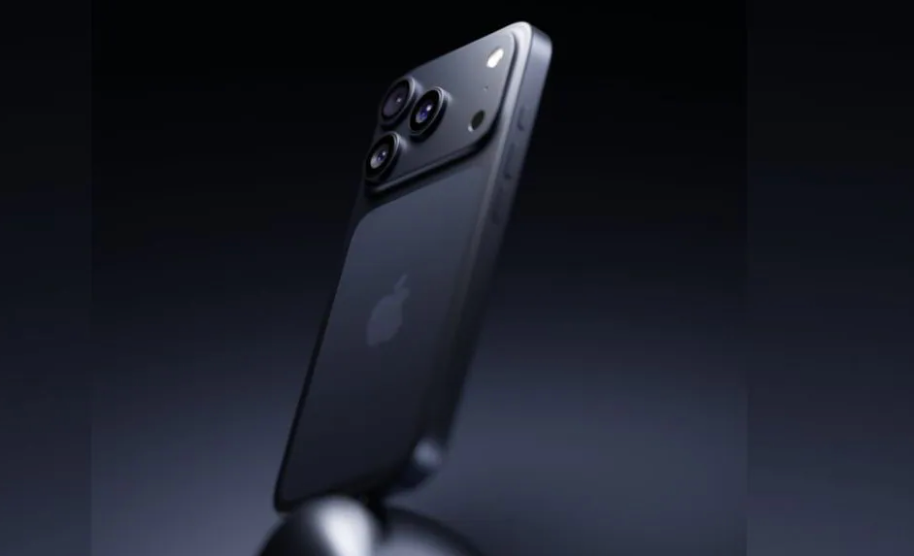
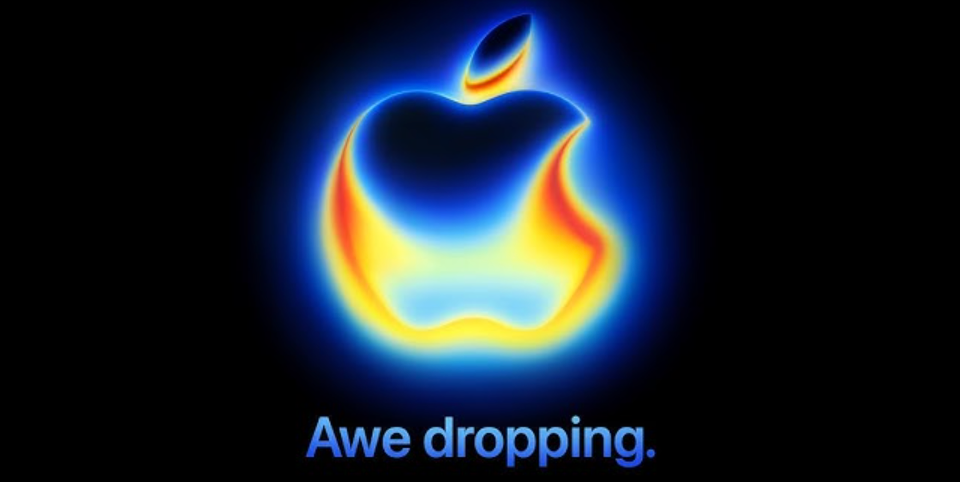
Leave a Reply